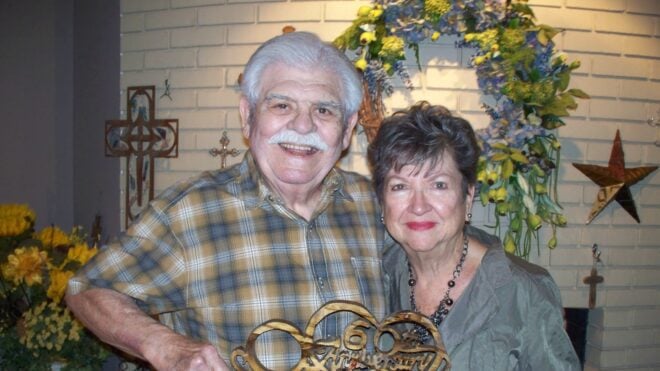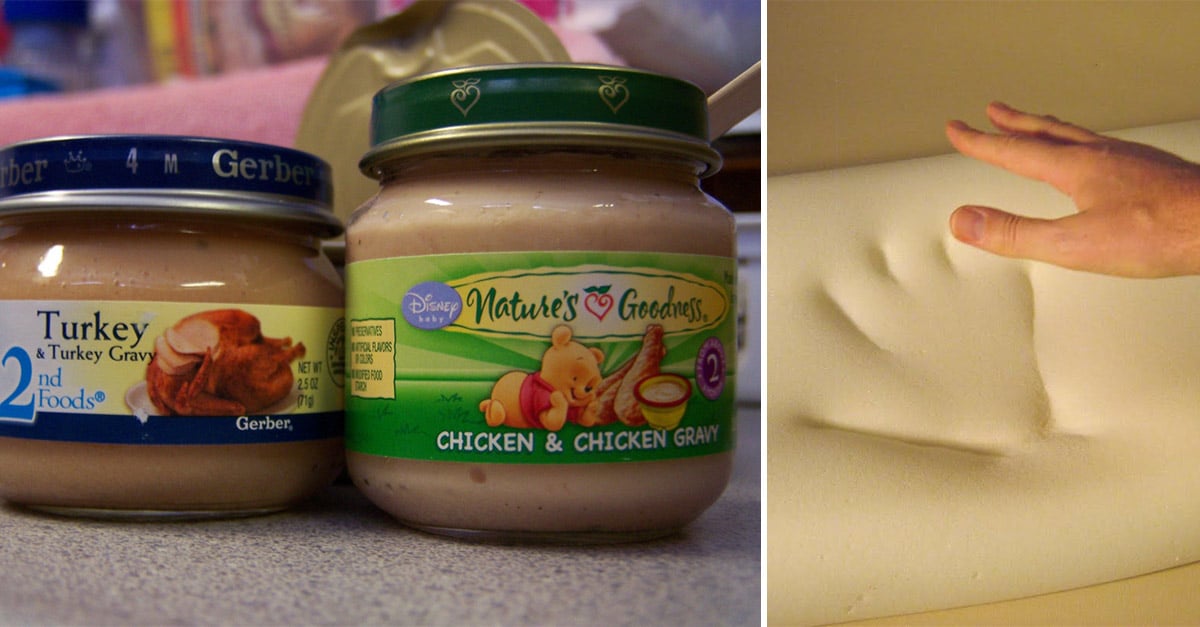
Just because you didn't get to go to Space Camp doesn't mean you can't feel like an astronaut. In fact, most of us probably don't realize how much we have in common with astronauts. OK — fine — I may never get to hang out in weightless chambers, step onto the Moon's surface, or get a world class view of an asteroid — why didn't I become an astronaut again? — but that doesn't mean NASA is out of reach.
Most Americans typically encounter some of NASA's incredible innovations on a day-to-day basis without ever realizing. So much of NASA's development, research, and technology makes its way into our everyday lives that there's actually a term for it called "NASA spin-off technology."
Unlike most television spin-offs, these spin-offs are actually good. They make our lives easier and connect us to some of this century's greatest minds. I'm not talking about Retina displays or microchips, either — these inventions may not be as flashy, but they're certainly essential.
Much of what NASA has contributed consists of tiny tweaks to the way we live that we take for granted everyday.
Air Cushion Sneakers
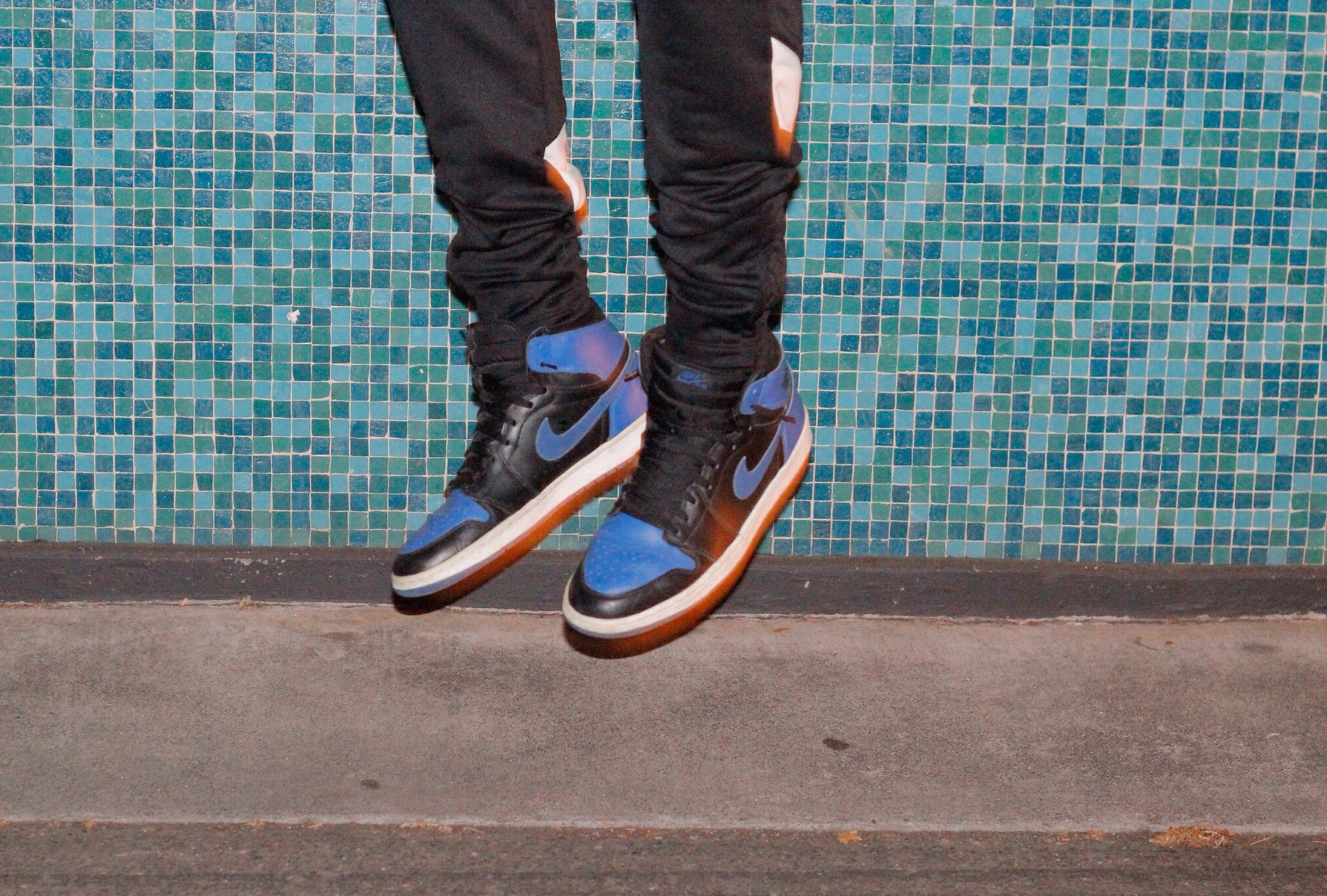
Yes, those comfy trainers you can't live without exist courtesy of NASA. In the 1980s, NASA developed a material called "blow rubber moulding" to create space helmets. NASA engineer Frank Rudy thought this would be a great idea for an athletic shoe. He pitched his idea for a trainer with shock absorbent cushioning and interconnected air cells to Nike corporation. And thus we have the iconic Nike Air.
Satellite TV
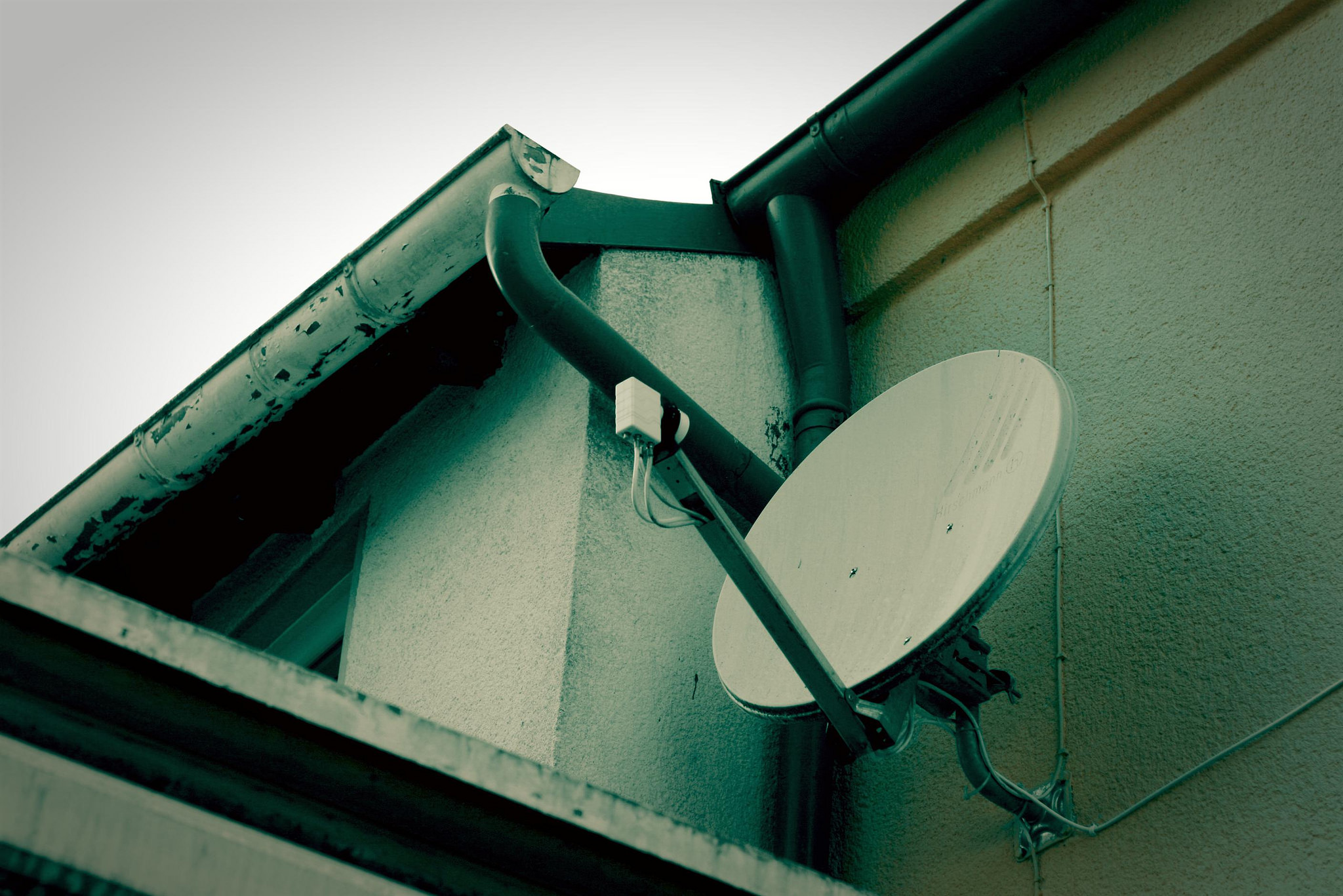
In 1962, NASA launched the Telstar satellite. It was the world's first active communications satellite. That one small step for mankind is why we have over 800 channels and nothing to watch today.
Invisible Braces
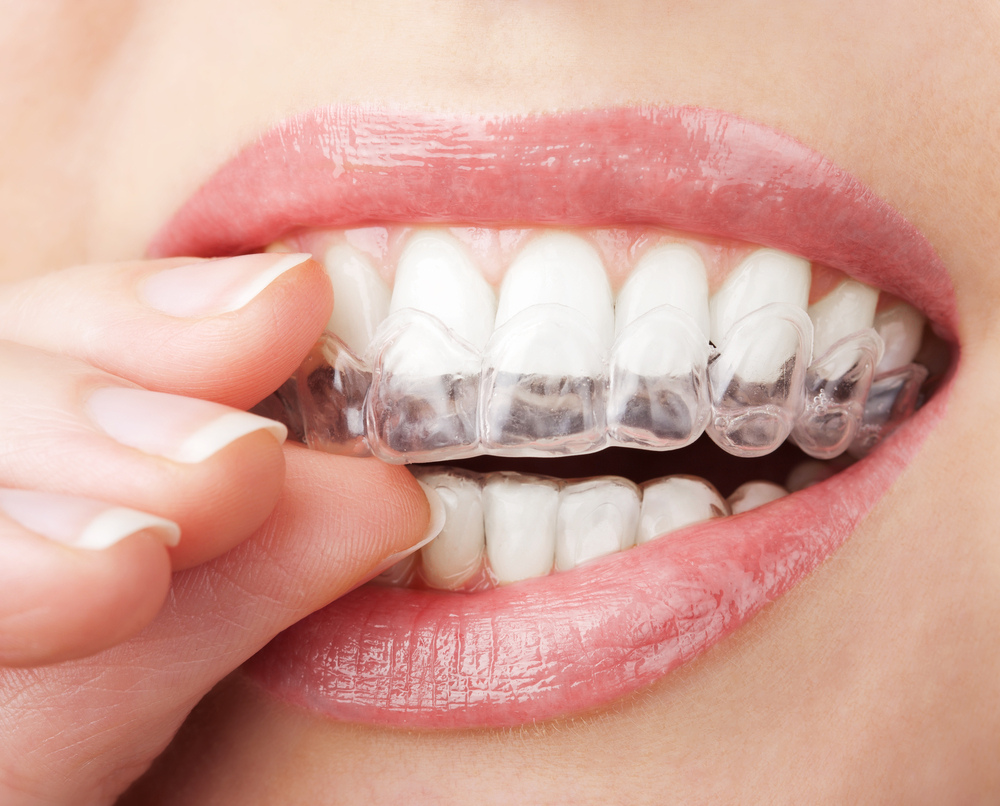
The transparent ceramic called "translucent polycrystalline alumina (TPA)" was developed for NASA. No, astronauts didn't demand straighter teeth with a less awkward transitioning phase; TPA was created to aid in the protection of infrared antennae on heat-seeking missile trackers.
Enriched Baby Food
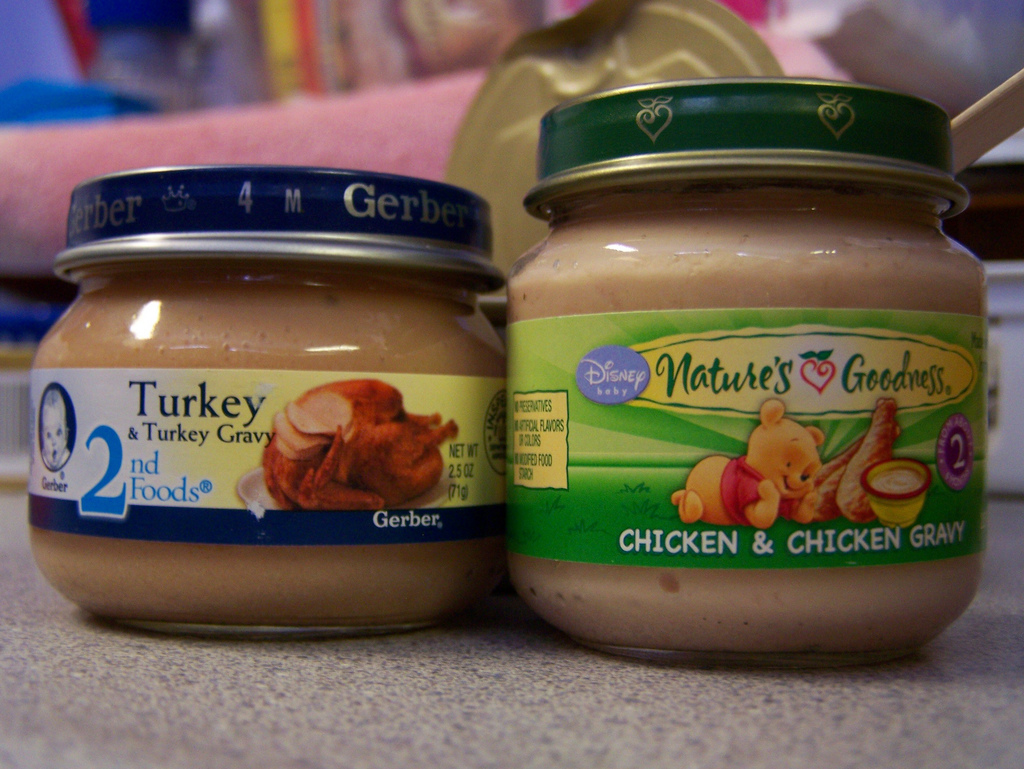
NASA conducted research on algae hoping the suckers would be able to produce oxygen in space through photosynthesis. Instead, they discovered some algae contained two fatty acids found in human breast milk that were essential to healthy child development. Today these acids are produced synthetically and can be found in enriched baby foods in sixty-six countries.
Temper Foam
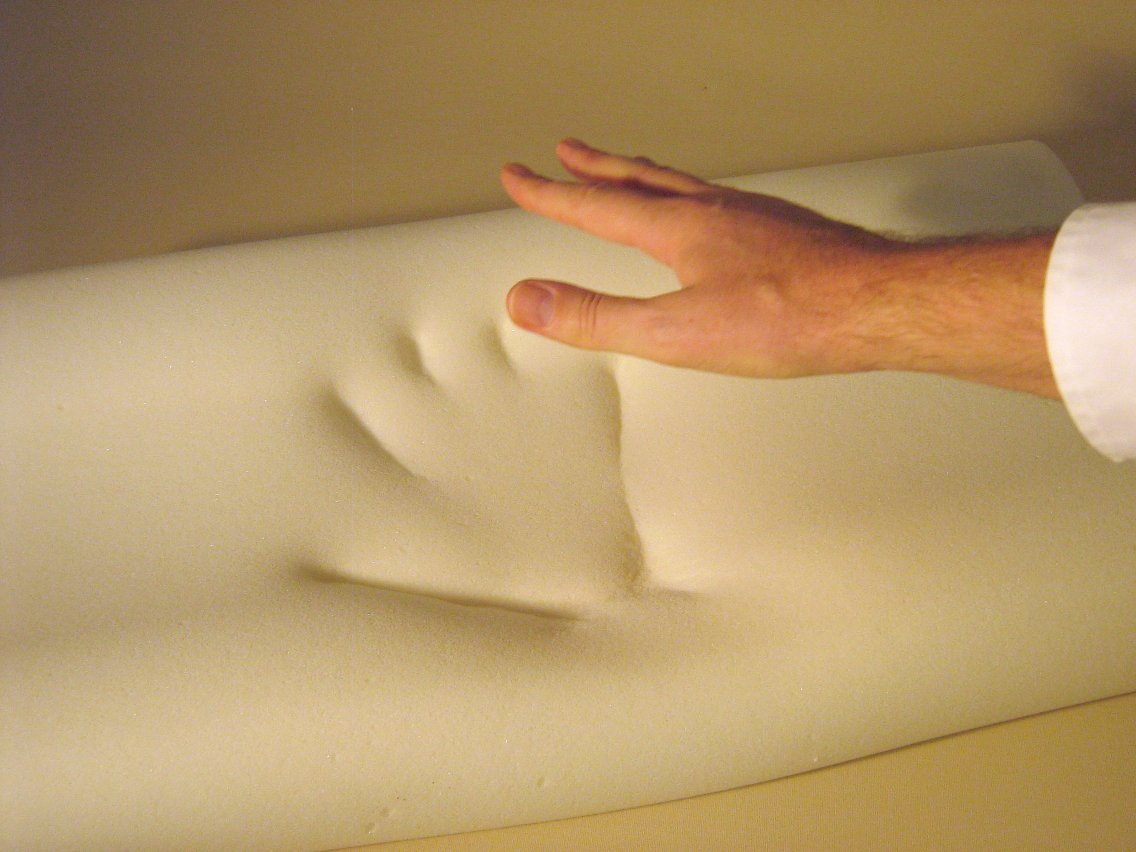
Ah, this bed is so cozy, you just melt right into it! Designed to improve airplane crash protection for passengers, the material is used today for matresses, pillows, horseback saddles, automobiles, furniture, amusement park rides, and archery targets.
Cordless Vacuums
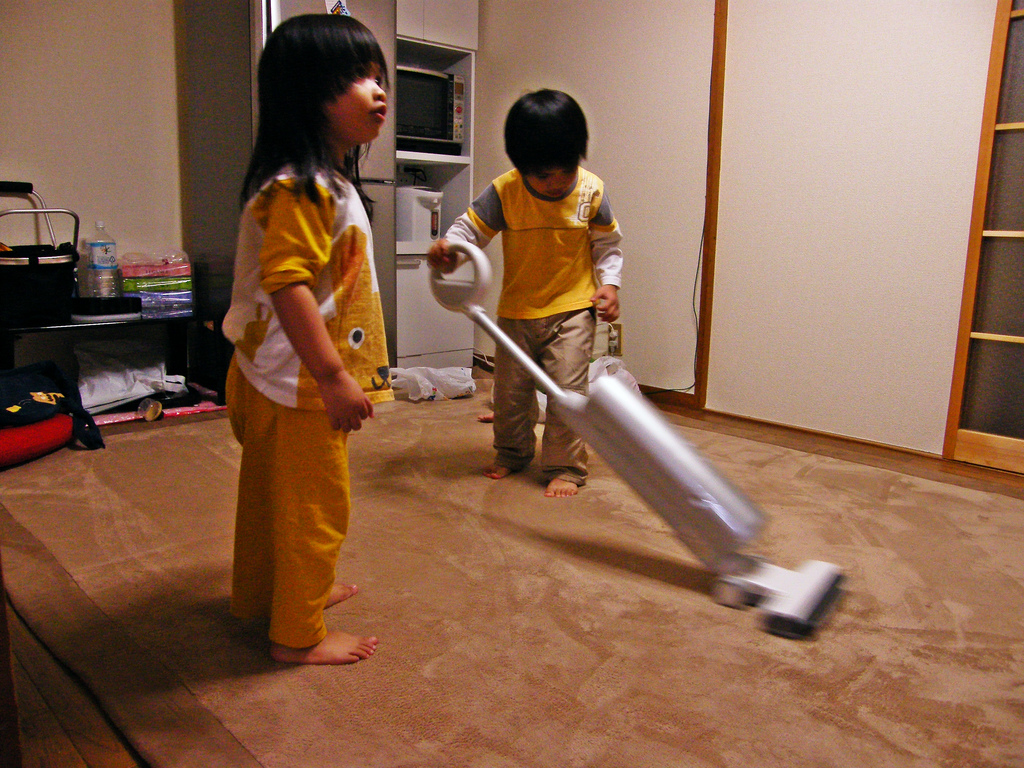
When Black & Decker developed a portable drill for the Apollo moon landings, they probably didn't expect to use the technology for a household vacuum. The drill required a computer program that would pave the way for new battery-powered appliances, and the cordless vacuum was one of 'em.
Freeze-Drying
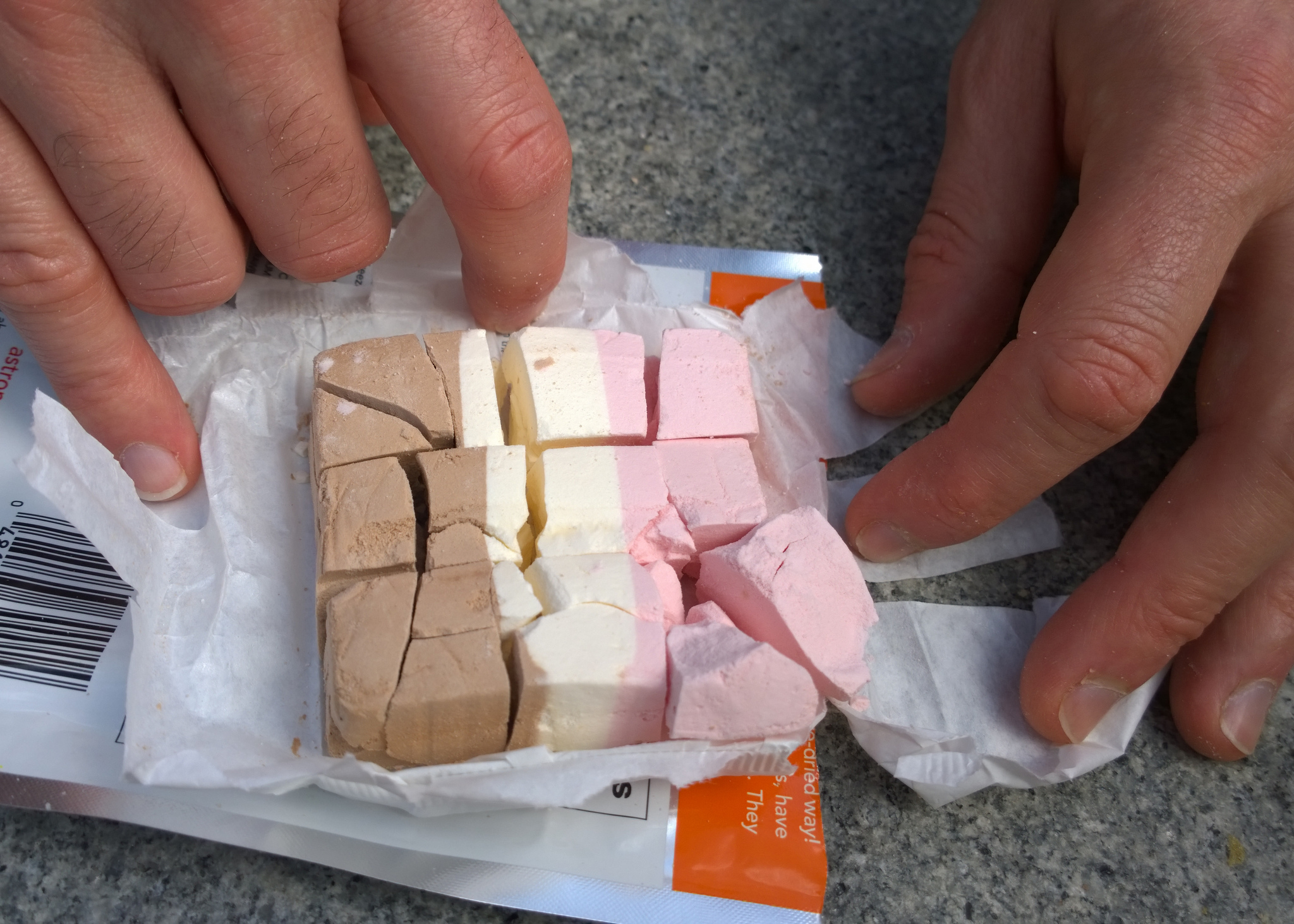
Perhaps one of the more delicious innovations to stem from space exploration: astronaut ice cream and other freeze-dried treats. The Apollo missions were fueled by freeze-dried foods that retained 98% of their nutritional value but only kept 20% of their original weight. For the space cadet on the go!
"Space Blankets"
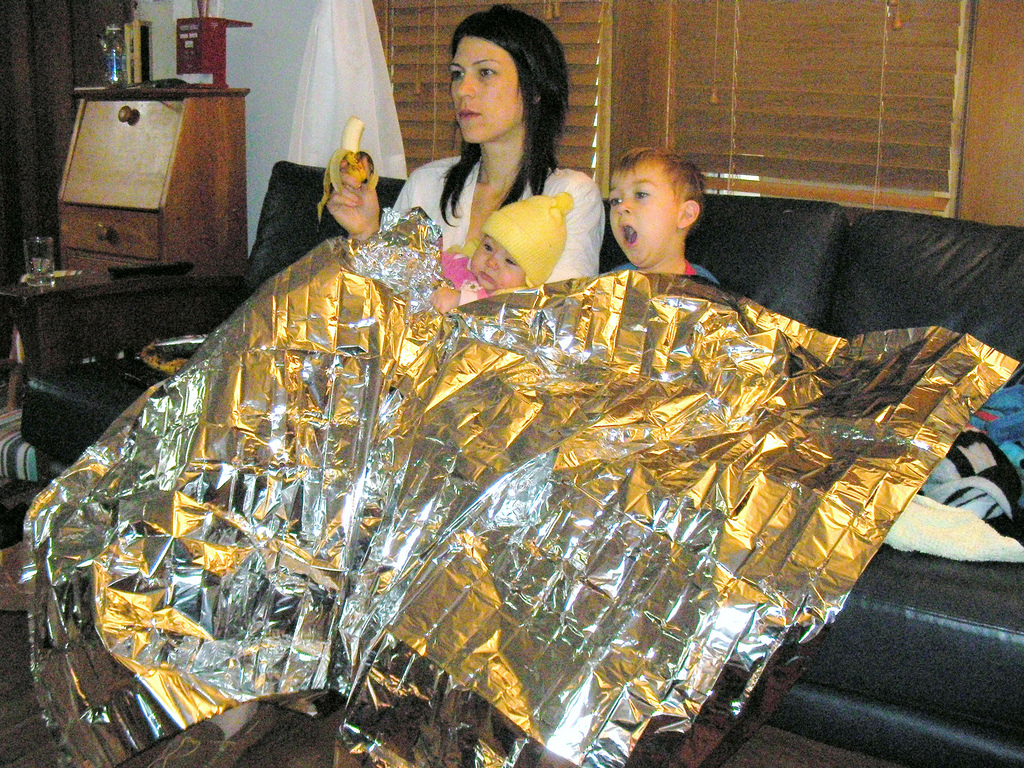
Ever get jealous when you see those marathon runners draped in those sparkling, metallic blankets? Blame NASA. In 1964, the blanket that reflected heat by using a thin sheet of plastic and a reflective metallic agent was invented. The "space blankets" allow users to retain 80% of their body heat by reflecting it back onto them.
Scratchproof Lenses
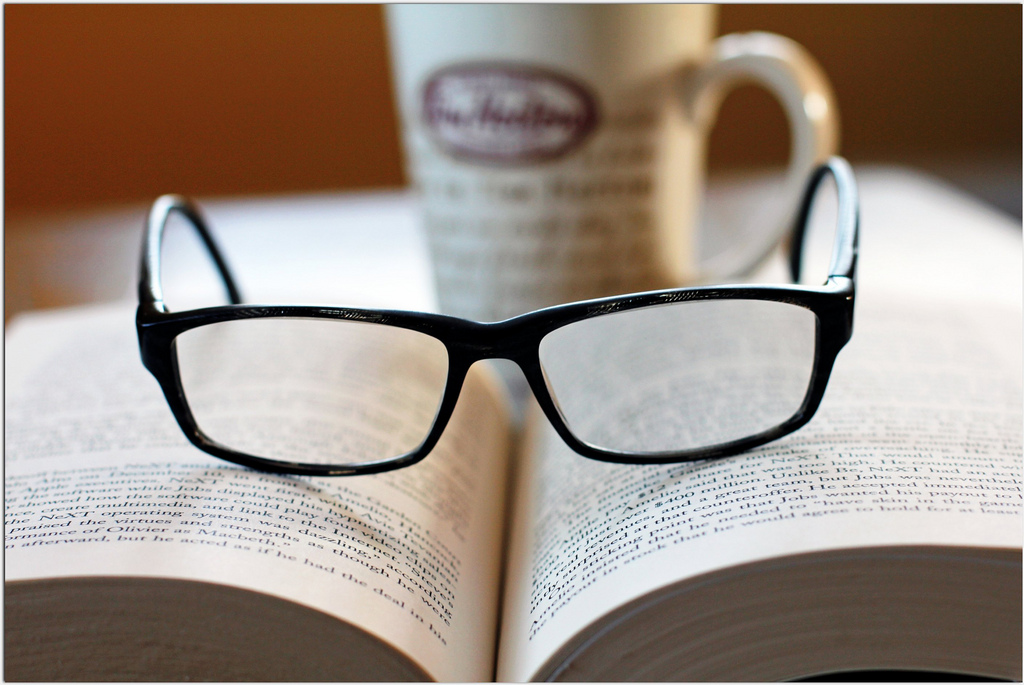
First developed by sunglasses manufacturer Foster Grant to protect space equipment from scratching, scratch-resistant glass is now a staple for most bespectacled folk.
Ear Thermometers
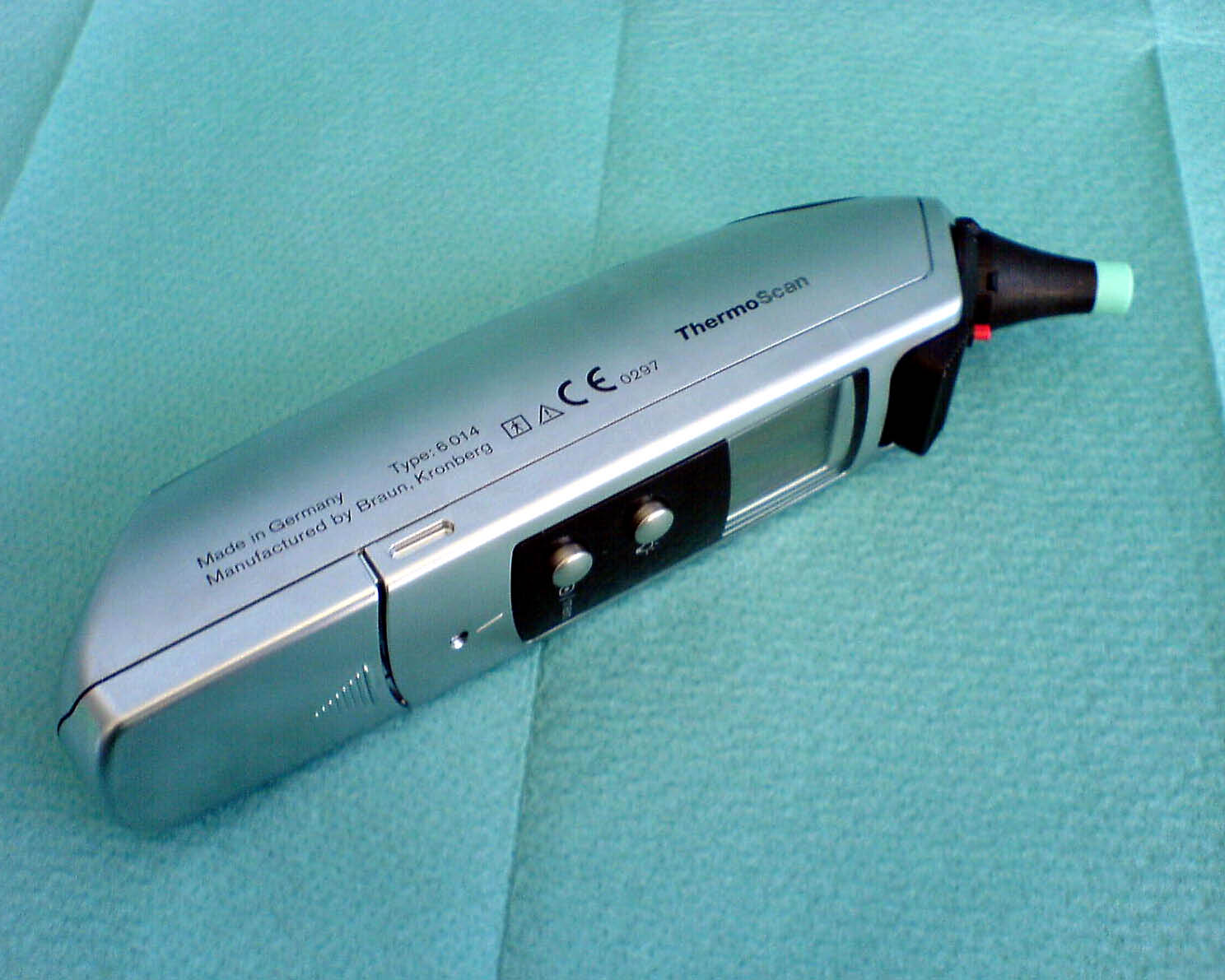
NASA developed the aural thermometer or "ear thermometer," which detects thermal radiation from the eardrum, with the same technology used to determine the temperature of stars and planets. The ear thermometer makes it much easier to instantly take the temperature of infants and incapacitated patients.
Personal Alarm System
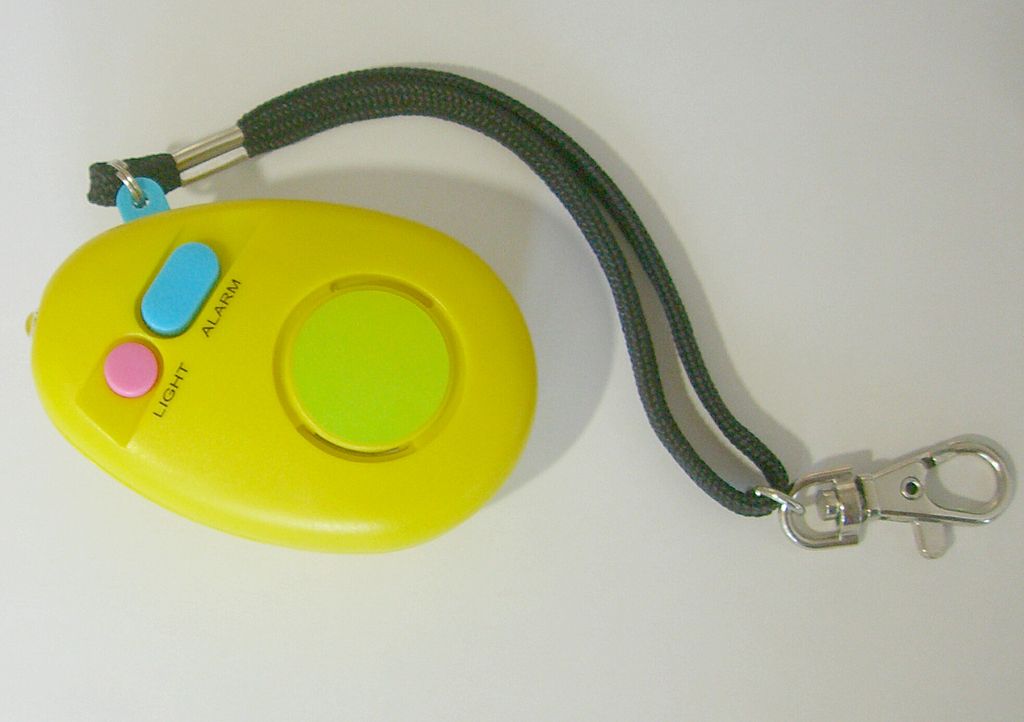
The ultrasonic transmitter is used by teachers, prison guards, the disabled, and the elderly to quickly signal for help.
Better Car Brakes
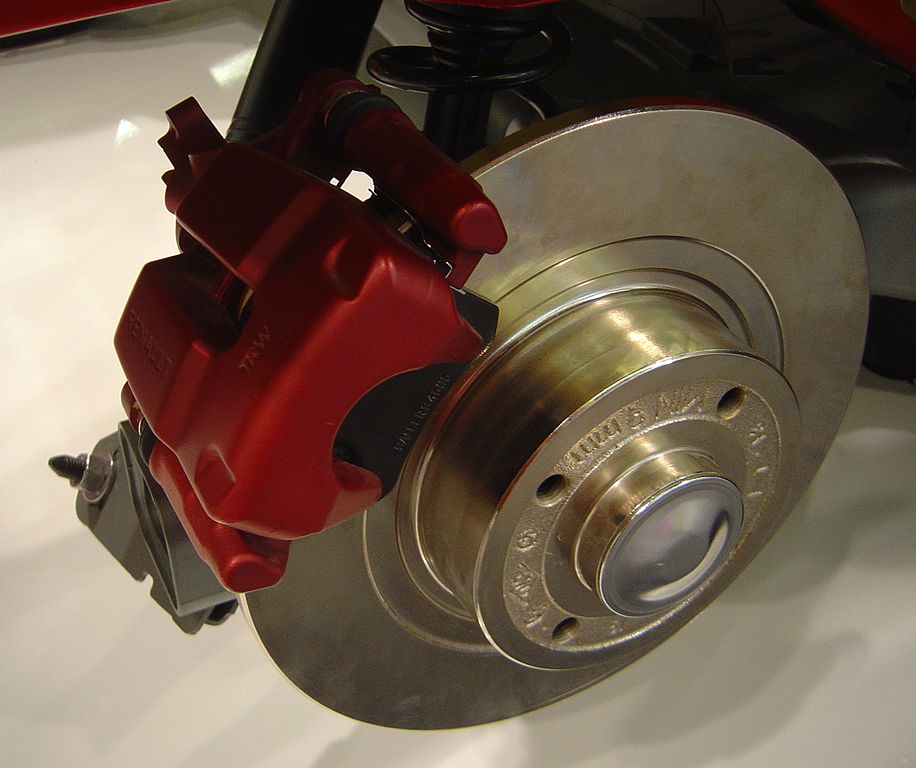
Cheaper and tougher brake lines are the result of NASA's studies of high-temperature space equipment. The research was integrated into most modern vehicles making for safer braking at higher speeds.



